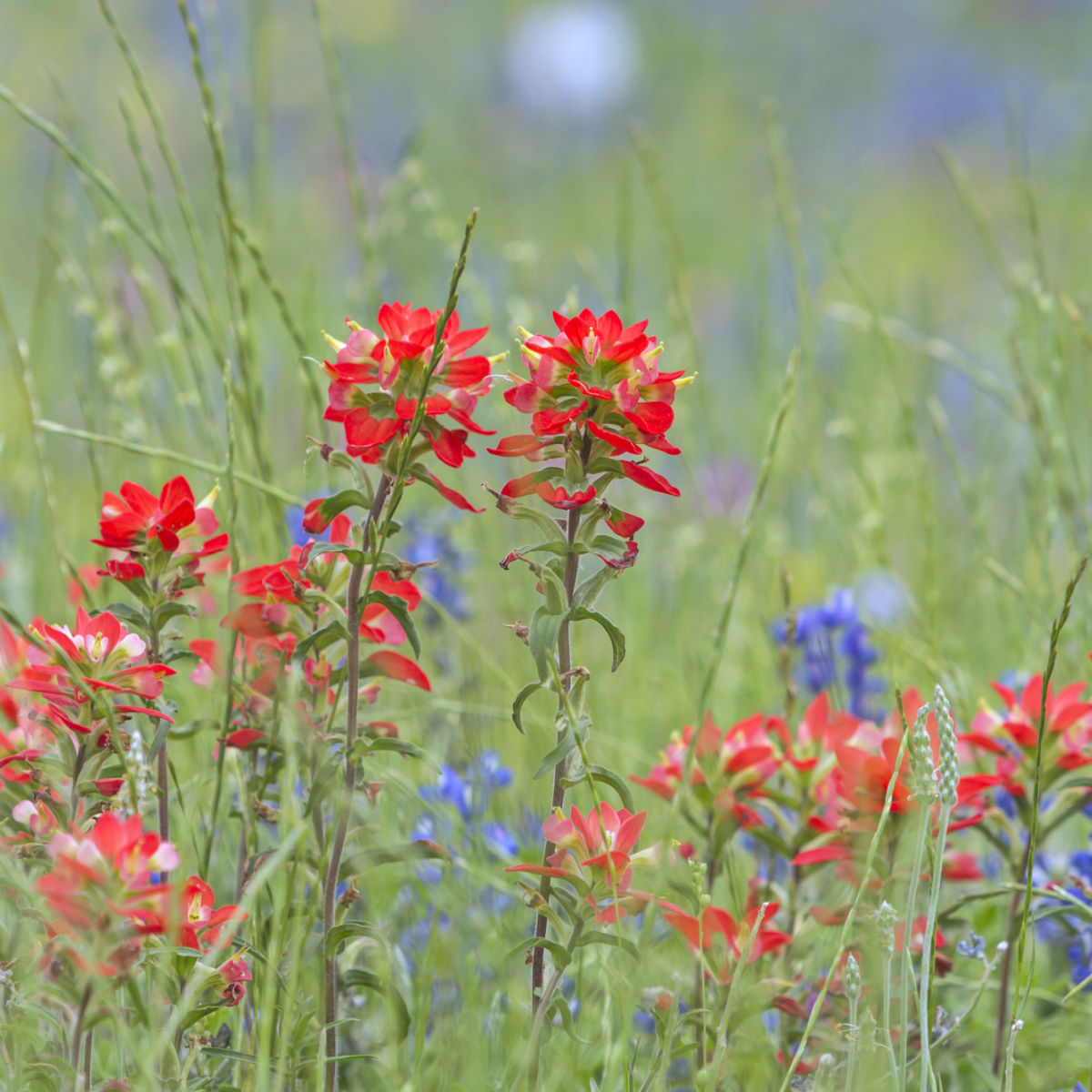Stay clear of These Plants: What Plants Don't Like Epsom Salt
Stay clear of These Plants: What Plants Don't Like Epsom Salt
Blog Article
Find Out About the Particular Plants That Are Negatively Influenced by Epsom Salt Application
Epsom salt, a prominent household remedy for different horticulture woes, is often applauded for its valuable effects on plant growth. Understanding the details plants that can be negatively affected by Epsom salt is vital for any kind of gardener looking to optimize their plant care regimen.
Roses

Roses, especially conscious changes in their environment, can be negatively affected by the application of Epsom salt. While Epsom salt is frequently made use of as a fertilizer to promote plant development and improve flowering, roses are among the plants that do not react well to its application. The high magnesium web content in Epsom salt can disrupt the uptake of other necessary nutrients by the rose plants, bring about deficiencies that materialize as yellowing leaves or stunted development.

Tomatoes
Tomatoes, understood for their convenience in cooking applications, can show negative impacts when subjected to Epsom salt because of their details nutrient demands. While Epsom salt is often touted as a solution for various plant concerns, including blossom end rot in tomatoes, its application can result in harmful end results otherwise utilized carefully. Tomatoes are hefty feeders that need a well balanced consumption of nutrients, especially calcium, to flourish. Extreme Epsom salt, which is magnesium sulfate, can interfere with the fragile nutrient balance required by tomatoes, potentially resulting in deficiencies in other essential nutrients like calcium. This imbalance might materialize in signs such as stunted growth, yellowing leaves, or even reduced fruit production in tomatoes. Therefore, when taking into consideration making use of Epsom salt on tomatoes, it is vital to abide by advised application rates and dirt testing to avoid unintentional effects on the total wellness and productivity of these beloved garden plants.
Peppers
Peppers, prized for their numerous colors and degrees of spiciness, can demonstrate susceptibility to negative influences from Epsom salt when not applied with treatment and factor to consider for their certain nutritional demands. what plants don't like epsom salt. Peppers, belonging to the Solanaceae family, call for a delicate equilibrium of nutrients to grow. While Epsom salt is understood to boost magnesium degrees in plants, excessive application can disrupt this balance, causing unfavorable effects on pepper plants
When peppers are revealed to high levels of magnesium from Epsom salt, it can disrupt the plant's ability to soak up other crucial nutrients like calcium and potassium. This discrepancy may materialize in signs such as fallen leave discoloration, stunted growth, and reduced fruit production. In addition, the too much magnesium can change the soil pH, further intensifying nutrient uptake problems for peppers.

Rhododendrons
Given the sensitivity of certain plant types to discrepancies brought on by Epsom salt, it is crucial to think about the effect on Rhododendrons, which also require particular nutrient degrees to grow. Rhododendrons are acid-loving plants that like acidic dirt conditions with a pH array between 4.5 and 6.0. Epsom salt, chemically referred to as magnesium sulfate, can modify the dirt pH and interrupt the fragile equilibrium of nutrients crucial for Rhododendron health.

To keep the optimal development and wellness of Rhododendrons, it is important to stay clear of the indiscriminate use of Epsom salt and instead concentrate on providing the specific acidic dirt problems and nutrients that these plants require for growing.
Azaleas
Azaleas, recognized for their vivid blooms and wide series of shades, are decorative bushes that come from the Rhododendron genus. These popular flowering plants are frequently located in landscapes, gardens, and parks as a result of their elegance and adaptability. Azaleas are sensitive to changes in soil pH levels, which can dramatically affect their development and overall health. While Epsom salt is typically utilized as a treatment for magnesium shortage in plants, its application to azaleas can have negative results.
When Epsom salt is put on azaleas, it can alter the dirt pH, making it much more acidic. Azaleas prefer a little acidic soil problems, and an unwanted of magnesium from Epsom salt can interrupt this balance, bring about nutrient discrepancies and potential poisoning problems. The wrong application of Epsom salt can lead to stunted development, yellowing of fallen leaves, and general decline in the health and wellness of azaleas. As a result, it is critical to be cautious when considering the use of Epsom salt on azaleas to avoid any kind of adverse effects on these fragile ornamental hedges.
Conclusion
In conclusion, it is necessary to explanation be knowledgeable about the specific plants that can be adversely affected by the application of Epsom salt. Roses, tomatoes, azaleas, peppers, and rhododendrons are some examples of plants that may not gain from Epsom salt and might also endure harm. It is vital to research study and check out this site recognize the needs of each plant varieties before using Epsom salt as a plant food to ensure their health and wellness and well-being.
Understanding the certain plants that can be negatively impacted by Epsom salt is essential for any kind of gardener looking to maximize their plant treatment regimen. While Epsom salt is generally utilized as a plant food to promote plant development and improve blooming, roses are one of the plants that do not respond well to its application.Excessive use of Epsom salt can additionally result in an accumulation of salts in the soil, leading to root damage and dehydration of the rose plants. While Epsom salt is recognized to enhance magnesium levels in plants, too much application can interrupt this stability, leading to damaging impacts on pepper plants.
The high salt material in Epsom salt can likewise dehydrate Rhododendron origins, creating further stress and damage to the plant. (what plants don't like epsom salt)
Report this page